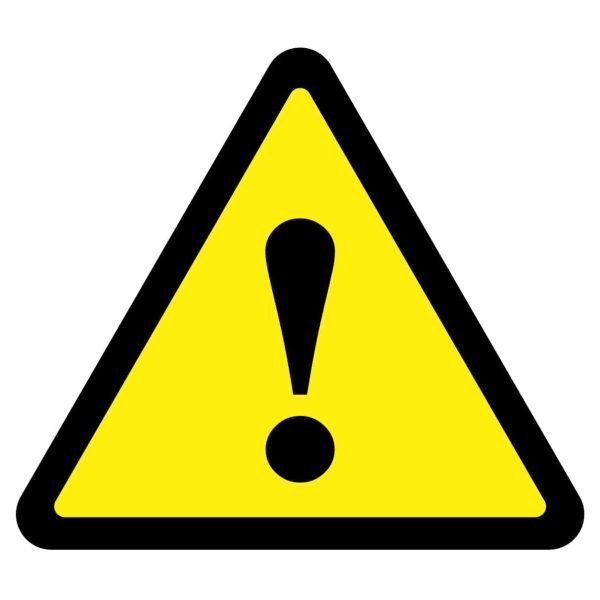 Managing products
Managing products
We know that many companies don’t have anyone with the title of Product Manager. They might have Product Owners, Proposition Managers, User eXperience leads, but no Product Managers. Have they got it wrong?
The fact is that if you’ve got products in your business, then product management activities will (or should) be getting done somewhere – even if you don’t have Product Managers.
One of the most important of these is product leadership. Various Agile approaches propose self-organizing teams, collaborative decision-making, and shared ownership. Sounds good… until it goes wrong.
 What happens when people are at loggerheads? What happens when resources or time are tight or when there’s uncertainty over which direction to take the product?
What happens when people are at loggerheads? What happens when resources or time are tight or when there’s uncertainty over which direction to take the product?
We’ve seen examples in Agile companies where things just grind to a halt; decision-making gets handled by constant escalations or compromise decisions that attempt to satisfy everyone but are not best for the product or the business.
Even in product discovery where constraints should be minimized, some boundaries are needed to ensure resources are spent wisely and achieve the best outcome. It might be as limited as someone defining the market segment, the customer roles that should be involved, the geographies where you’ll launch, or the product vision with which the discovery work should broadly fit.
Following that lead, other roles can align their work and bring their specific technical, user experience, or marketing skills to bear.
What role should do this?
While we believe that the best job title for this role is Product Manager, frankly, the title doesn’t really matter.
If you’ve got products, someone needs to be actively managing them. Someone needs to take on product leadership, and the fact that someone is doing this needs to be clear and accepted by everyone else.

